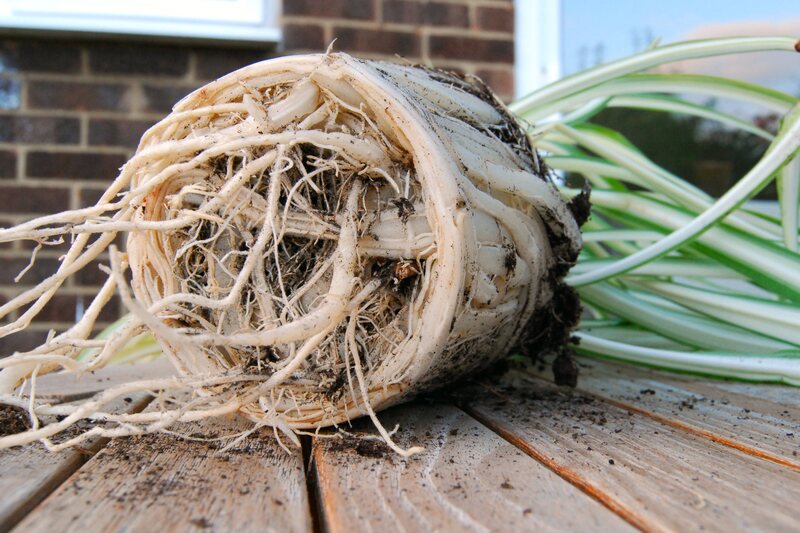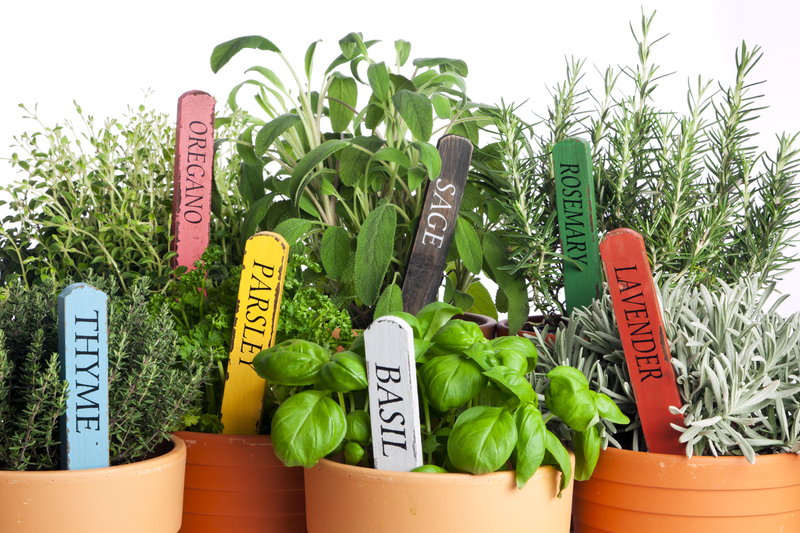How to Create an Inviting Front Garden: 12 Expert Design Suggestions
Transforming your garden into a welcoming oasis is more than just curb appeal -- it's about creating a front yard landscape that embraces visitors and delights your senses every day. Whether you have a spacious lawn or a compact plot, you can design a beautiful front garden that balances beauty, functionality, and sustainable practices.
In this comprehensive guide, we'll reveal 12 expert tips on how to create an inviting front garden, covering clever design tricks, plant choices, layout inspiration, and practical advice for all levels of gardening expertise. Read on for all the inspiration you need to craft a front yard that makes a lasting impression!
1. Define Your Garden's Purpose
Before you plant a single flower or lay a paver, ask yourself: What do I want from my front garden? Maybe you crave a colorful floral display, a tranquil retreat, or an eco-friendly, low-maintenance landscape. Defining your garden goals will help focus your choices and ensure every design element serves a purpose.
- Welcoming Entrances: If your main aim is curb appeal or greeting guests, opt for clear, attractive pathways and focal-point planting near your entryway.
- Private Spaces: Consider strategic hedging, layered planting, or small seating areas to carve out privacy.
- Sustainable Gardening: Favor native plants and xeriscaping to reduce maintenance and conserve water.
This step lays the foundation for all your subsequent gardening decisions.

2. Embrace a Welcoming Pathway
Your garden path is more than a route to the front door -- it's your home's invitation. Design a pathway that gently guides visitors and creates a sense of approachability.
- Curved Paths: Opt for gently curving walkways rather than straight lines for a softer, more inviting look.
- Materials and Texture: Mix materials like brick, slate, gravel, or stepping stones for added interest.
- Framing: Flank paths with scented plants, low hedges, or ornamental grasses to draw the eye and provide texture.
Tip: Path lighting adds safety and enchanting nighttime ambiance.
3. Select the Right Plant Palette
The key to any thriving and inviting front garden is the right mix of plants. Choose a plant palette that suits your climate, complements your home's style, and supports local pollinators.
Three considerations for plant choices:
- Year-Round Interest: Mix evergreens, perennials, and seasonal annuals for continuous color and texture.
- Scale & Proportion: Ensure plant heights step down from the house to the border, creating a pleasing gradient.
- Native Varieties: Native shrubs and flowers require less water, attract beneficial insects, and thrive without fuss.
Layering these elements ensures your garden landscaping looks vibrant even in the off-season.
4. Create a Strong Focal Point
Every great front garden has a focal point -- a visual element that commands attention and anchors the design. This could be your front door, a specimen tree, striking urn, or water feature.
- Ornamental Trees: Japanese maple, crabapple, or dogwood varieties provide structure and seasonal color.
- Art Features: Consider a sculpture, fountain, or decorative bench as a centerpiece.
Pro Tip: Aim to direct pathways and planting beds towards your chosen focal point for instant impact.
5. Frame Your Entrance
Highlight your home's entrance for a truly inviting garden. Flanking the doorway with tall planters, symmetrical shrubs, or an archway creates a grand yet accessible welcome.
- Symmetry: Arrange matching pots, columns, or boxwoods on either side for classic appeal.
- Vertical Features: A trellis with climbing roses or clematis brings cottage charm and softens hard edges.
These elements draw attention to your entry, making your front garden inviting and cohesive.
6. Make the Most of Color and Texture
Integrating varied colors and textures creates visual dynamism in your garden design without overwhelming small spaces.
- Color Schemes: Try analogous hues (like pink, lavender, and purple) for harmony, or contrast (yellow vs. purple) for energy.
- Texture Play: Combine bold-leafed hostas with feathery ornamental grasses or lacy ferns for tactile intrigue.
Don't forget: Plan for changing seasons -- make sure autumn and winter offer interest too.
7. Layer Planting Heights
Professional landscape architects use layering to create depth and lushness. Arrange:
- Tall Species: Trees and large shrubs form the backdrop.
- Medium: Hydrangeas, roses, or native perennials in the mid-ground.
- Low-Growing: Groundcovers, spreading blooms, or mulch define the edge.
Stagger and cluster plants for a natural look, ensuring no awkward gaps or crowding. Layered planting supports wildlife, too, enhancing your front yard's eco-friendliness.
8. Incorporate Evergreens for Structure
Nothing anchors a garden design like evergreen plants and shrubs. They offer form, color, and year-round interest, ensuring your garden never looks bare.
- Dwarf boxwoods, yew, or holly are ideal for neat edges.
- Coniferous trees provide vertical structure and privacy.
Intermingling these with seasonal flowers makes your front yard visually appealing all year long.
9. Add a Welcoming Seating Area
If space allows, add a bench, small bistro set, or stone seat for instant hospitality. Seating areas encourage you and your guests to linger and admire the scenery.
- Porch Swings: Give your home southern charm and a cozy vibe.
- Garden Benches: Tuck one under a shade tree or in a flowered nook for reading and relaxation.
Tip: Position seating to enjoy both sun and shade, and surround with fragrant plants or soft grasses for comfort.
10. Illuminate with Garden Lighting
Good lighting transforms a front garden at night -- adding security, beauty, and a magical glow. Place low-voltage LED path lights, uplights for trees, and lanterns near seating or the front door.
- String Lights: Drape along fences or around trees for whimsy.
- Spot Lighting: Highlight focal points or entrance steps for drama and safety.
Thoughtful illumination not only showcases your front yard garden design after sunset, it ensures safe navigation for family and visitors.
11. Use Mulch and Edging for Polish
Clean, well-defined borders give your garden a professional finish. Use natural stone, metal, or brick edging to separate lawn from beds. Top-dress beds with organic mulch for neatness, moisture retention, and weed suppression.
- Edge regularly: Maintain sharp lines for a tidy, crisp look.
- Mulch color: Choose dark brown or black for elegance, reddish-brown for a warm vibe.
Mulching and edging make even the simplest plantings look deliberate and cared for.
12. Reflect Your Home's Style
Your front garden design should harmonize with your house architecture and personality. Analyze the mood you want to project:
- Contemporary Homes: Use linear planting, modern planters, and monochrome palettes.
- Cottage Style: Go for overflowing borders, climbers, and a mix of flowers for whimsical, lived-in charm.
- Traditional Residences: Favor symmetry, classic shrubs, and container displays for timeless appeal.
Coordinating colors and plant choices with your front door, masonry, and porch ensures a unified, inviting presence.
Bonus Tips for an Inviting Front Garden
- Maintain Pathways: Clear debris and overhanging plants for an always-accessible walk to your door.
- Keep it Tidy: Regularly deadhead flowers and prune shrubs -- nothing detracts from curb appeal like mess!
- Personal Touches: Display house numbers, decorative mailboxes, or seasonal wreaths for character and warmth.
- Seasonal Interest: Fill containers with bulbs in spring, summer annuals, and autumn foliage for color year-round.

In Conclusion
Creating an inviting front garden is an empowering project that enhances your home's first impression and daily enjoyment. From curated pathways and layered plantings to stunning focal points and cozy seating areas, these expert design ideas provide a solid foundation for every garden size and style.
Remember: your front garden is a reflection of your hospitality and creativity. With thoughtful planning and personal touches, you can transform your front yard into an appealing, welcoming space that makes you proud every time you arrive home. Happy gardening!
Frequently Asked Questions
What plants are best for an inviting front garden?
The best plants depend on your climate and style, but consider native flowering shrubs, small ornamental trees, evergreen hedges, and seasonal perennials for year-round interest and easy care.
How do I improve my front garden on a budget?
Focus on tidy pathways, mulch, and affordable native plant groupings. DIY painted pots, upcycled benches, and starting plants from seed all add personality without breaking the bank.
Can I make a small front garden inviting?
Absolutely! Use containers, vertical gardening, and layered plantings. Stick to a cohesive color palette, and avoid bulky features to keep the space feeling open and bright.
How often should I update my front garden?
Refresh displays seasonally, prune regularly, and replace tired plants as needed. Even minor changes--like swapping container plants--can dramatically update your garden's look and keep it fresh.
Now you're ready to turn your own front garden into an inviting haven. With these 12 expert tips, you'll maximize beauty, create a unique welcome, and set the standard for stunning curb appeal in your neighborhood.